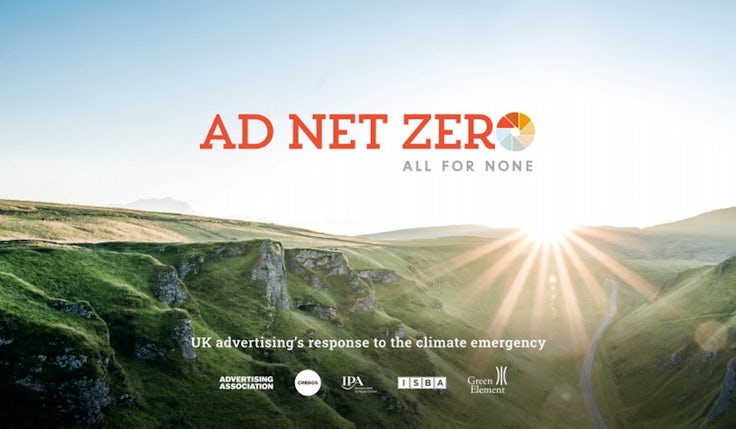Mastercard on why marketing ‘brings sustainability to life’
Mastercard marketing boss Raja Rajamannar argues that while the CEO might be in the driving seat on sustainability programmes, it is the marketing department that makes these ideas a reality.
 Marketing brings sustainability to life, according to Mastercard chief marketing and communications officer Raja Rajamannar.
Marketing brings sustainability to life, according to Mastercard chief marketing and communications officer Raja Rajamannar.
Speaking today (3 November) at the World Federation of Advertisers (WFA) Ad Net Zero conference, Rajamannar said of all the company departments, marketing is in the best position to conceive of sustainability initiatives and communicate their benefits, helping all the other departments to work together.
“When you are committing as a company to the sustainability cause, it is the CEO who is actually in the driver’s seat. He is committed fully in our case and he owns it and he drives it. Marketing brings it to life,” he argued.
Pushing the sustainable agenda forward, however, involves making sure all the departments are on board and taking a realistic view of, for example, the economics behind the initiatives.
“If the economics are not blended into your core business model this becomes like a one-off, ad hoc kind of activity and when there is a little bit of stress on the business, the purpose objective goes out of the window. That is not how it should be,” Rajamannar argued.
Mastercard sustainability initiatives have included recycling programmes and the development of a directory of vendors with strong eco credentials.
When you are committing as a company to the sustainability cause, it is the CEO who is actually in the driver’s seat. Marketing brings it to life.
Raja Rajamannar, Mastercard
The company has also worked more creatively to offer customers a chance to get involved. For example, Mastercard teamed up with Swedish brand Doconomy to launch the first credit card with a carbon limit. The DO Black card not only measures the CO2 emissions associated with the holder’s spending, but also limits it accordingly.
“When you reach your carbon footprint limit for the month the card is turned off,” Rajamannar explained.
Joining him on the panel, PepsiCo global vice-president of marketing Ana Maria Henao described how engaging multiple stakeholders in complex systems involving large companies, suppliers and partners is a tough challenge for brands.
“We recognise that we as a company cannot generate the change.We are one actor of many that need to work together in a collaborative way to make sure that we bring this to life,” she said.
This includes collbaorating with the advertising agency and PepsiCo considers it important to have shared values. “The agencies, we bring them along as our partners on this journey and we have to make sure we have a shared purpose,” Henao added.
She described how the company’s Pep Positive initiative – an end-to-end transformation process to examine how the group can drive growth and create value by inspiring positive change for the planet – is developing that idea. The brand’s initiatives have included taking a more sustainable approach to agriculture and a greater use of recycled packaging and renewable energy.
Advertising trade bodies unveil climate crisis training for marketers
Mastercard and PepsiCo are among the brand signatories to the WFA’s Planet Pledge, which is encouraging CMOs to take action in four key areas. The first is to commit to champion the United Nation’s Race to Zero campaign, promoting a resilient zero carbon recovery across their organisations and marketing supply chains.
The second area is to help scale the capability of marketing organisations to take a lead on climate action by providing tools and guidance for their marketers and agencies. Thirdly, signatories commit to harness the power of their marketing communications to drive more sustainable consumer behaviours.
Lastly, the brands signed up to the WFA’s pledge promise to reinforce a trustworthy environment where sustainability claims can be easily substantiated, meaning consumers can trust the marketing messages they are presented with.
Progress on these goals will be reported annually by the WFA, which will also work with advertising standards bodies worldwide to deliver industry guidance aimed at preserving trust in the evolving language of environmental claims and preventing claims of ‘greenwashing’.






